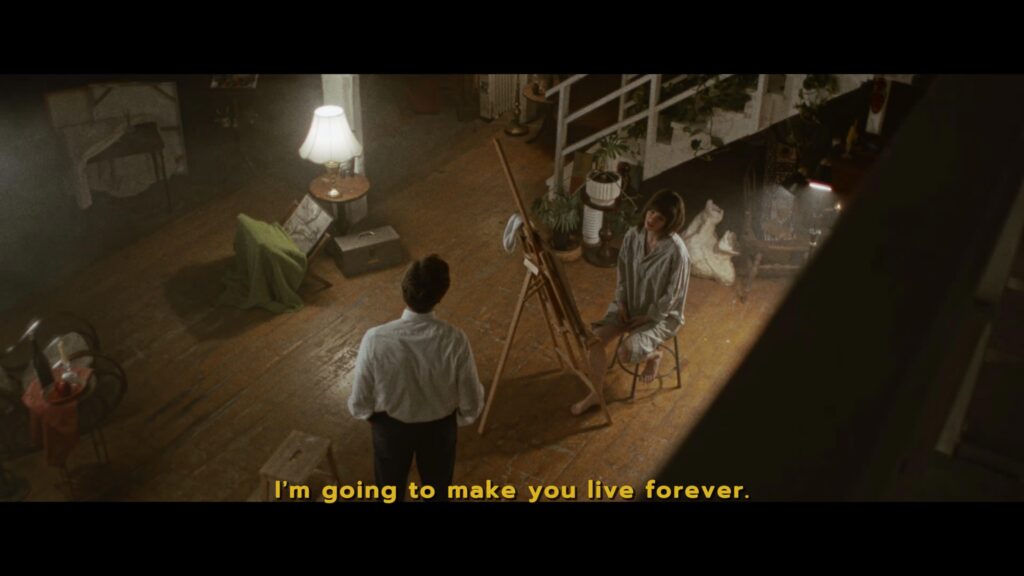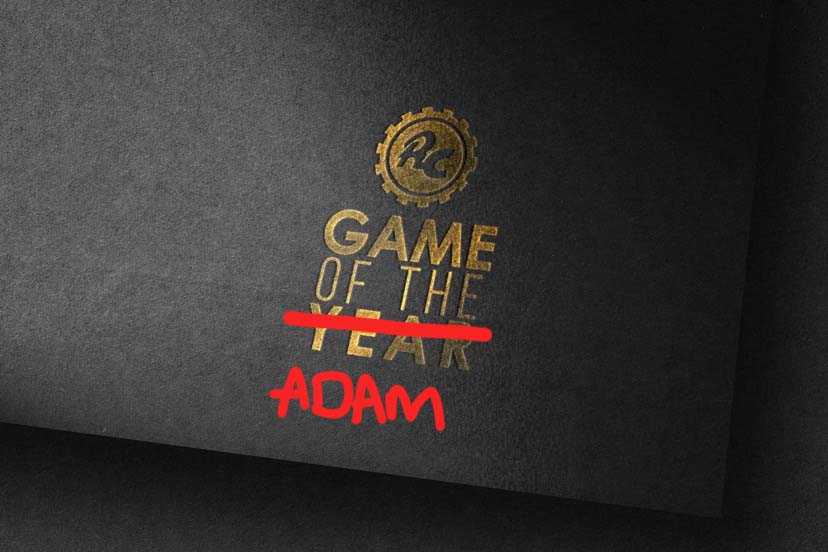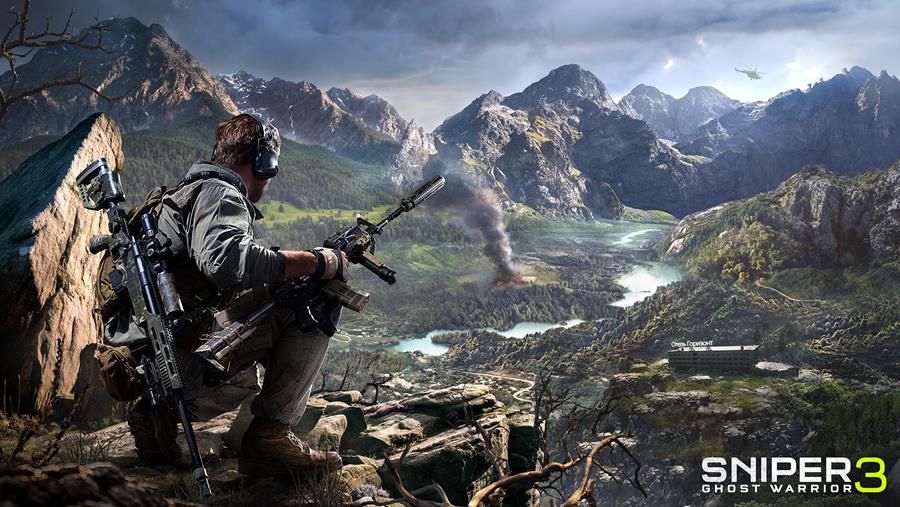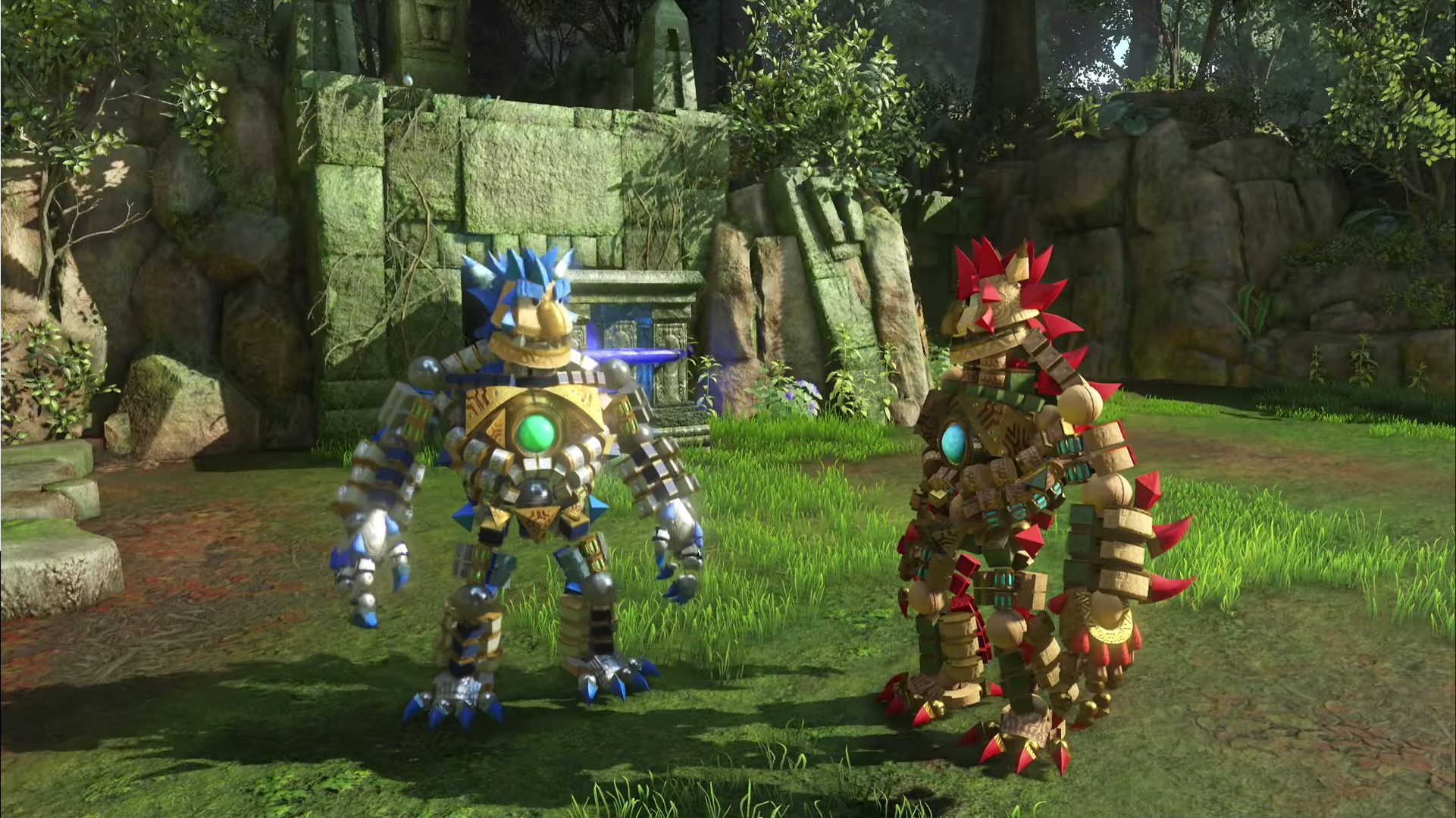
An ambitious FMV title, Immortality impressed audiences upon its initial release in 2022, not only with its unconventional presentation and attention to detail, but with its progressively unnerving plot. However, Immortality is also a game that seems like it can only be effective the first time you play it, hinging on a reveal can come slowly or quickly, depending on how the game’s RNG runs your experience. With a new release on PlayStation 5, Immortality brings the game to a new audience, and potentially to other players wishing to revisit the experience, which proves to stand up to closer scrutiny on subsequent playthroughs.
On the face of it, Immortality is presented as a kind of interactive museum of film clips, behind the scenes material, rehearsals and recorded interviews from three fictional films: Ambrosio (1968), a sexually charged tale of temptation in an adaptation of Matthew Lewis’ The Monk, Minsky (1970), a detective story delving into the bohemian art scene of New York, and Two of Everything (1999), a drama involving a pop star being murdered as her identical body double seeks revenge. All three of these films were unreleased and all three featured young starlet Marissa Marcel, who has since gone missing. After selecting the first clip to view, the rest are doled out in a relatively random fashion, as you’re asked to solve the mysteries of not only what happened to Marissa, but to several of her co-stars and crew, which might have more supernatural answers.
These films are all very cleverly replicated stylistically, replicating the filming techniques and vibes of their respective eras. I wholeheartedly believe that director Sam Barlow has used real learned experiences in the indie filmmaking world to inform the scenes in Immortality, because for anyone who’s been on those sets or involved in those productions before, so much of this feels dead on, even slightly parodic of indie film productions. That authenticity helps sell the realism of the films, which sits at odds with the very uncanny plot that emerges upon closer examination of the footage.
Navigating through Immortality is done by pausing a clip and then examining an object in frame, whether it’s Marissa herself, a fruit on a table, a mirror on the background, even a nipple at one point. The game will then ‘match frame’ this to another similar object in a different clip, thereby unlocking for you to view fully and find more links. Clips will bounce you between the three time periods relatively freely, and it can take quite a while to unlock everything tied to a specific film. It’s impossible to know how one person’s experience will compare to another’s, as the order of finding content and clues will vary depending on how kind the game’s RNG is to you – there have been reports from past versions of people finding the ending quickly before comprehending exactly what they were viewing. Fortunately, you are able to go back to anything unlocked at any time and comb over the footage for more information and further unlocks, and generally Immortality is kind enough to use sound and haptic clues to indicate where there might be something that you will have missed. You’re also able to efficiently fast forward through scenes and reverse through scenes, which is useful in some of the longer table read clips that tend to drag on a bit (although they are realistic).
It’s difficult to discuss Immortality without discussing its big reveal, but for those who haven’t played Immortality before I’ll try to dance around it as best I can. The narrative has several layers – there’s the upfront presentation of a young film star’s film productions, and the behind the scenes processes that are involved with creating art, chemistry and performance. There are also the larger themes at play of what it actually means to create art, specifically cinema. Is it purely indulgence on the part of the creators? Is there a lifecycle to artists and their careers? Control over women throughout cinema’s history is also a key element. And then there’s another, distinct layer, that is more or less straightforwardly told to you assuming you can explore everything in the game. It’s actually the easiest to understand part, once you get a handle on the mythology, and you might come away from an initial playthrough solely satisfied with the ‘answer’ this reveal provides to the mystery of Marissa Marcel.
However, the various realms of Immortality – in front of the camera, behind the camera and behind reality itself – all hinge on a central theme, which is what the game is named after. Immortality is what ultimately the artists and beings in the game are all pursuing, ultimately through the medium of storytelling. There are blatant elements and discussions of immorality both as a concept and as a lived experience, but Immortality largely focuses itself with the specificity and form of cinema as the outlet for this. Once you understand the actions and narrative of the game’s hidden layer, you begin to see how trapped its own characters are in the same web as everyone else. Immortality invites you to scrutinise every element, and while subsequent playthroughs may or may not reveal new scenes depending on how thorough you were the first time, they can deepen your understanding of its construction.
Beyond this, on PlayStation 5, Immortality takes advantage of the DualSense controller in some neat ways. The haptics respond in such a way to feel like a Moviola machine spooling through material, even giving you resistance when trying to spin forward or back on the triggers. It actually adds a lot to the experience. Unfortunately I did encounter a couple of bugs, that are hopefully remedied after launch, including an awkward one that prevented the ending from launching until a few restarts fixed it.
Nevertheless, Immortality is still probably the best FMV game out there (perhaps only just eclipsing Star Trek: Borg), as it simultaneously emulates and criticises cinema and art to create a hauntingly original vision that does stay with you. The PS5 version adds some cool haptics that feel harmonious with the rest of the presentation, making this a fine way to play the game for yourself and solve the mystery.
-Fascinating critique of cinema, objectification and art as a whole
-Some bugs on PS5








